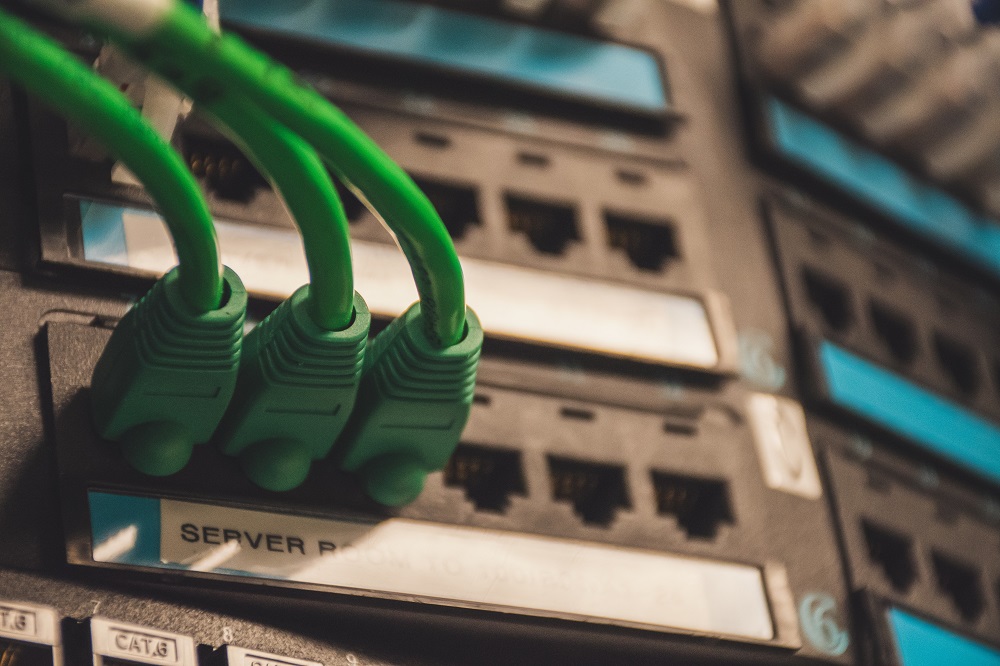- All
- Product Name
- Product Keyword
- Product Model
- Product Summary
- Product Description
- Multi Field Search
Views: 96 Author: Site Editor Publish Time: 2024-01-19 Origin: Site
Renewable energy systems such as wind and solar power rely on energy storage to ensure a stable and reliable energy supply. Energy storage connectors play a critical role in these systems, facilitating the transfer of power between energy storage systems and the rest of the power grid. In this article, we will discuss the role of energy storage connectors in renewable energy systems.
Energy storage connectors are used to connect energy storage systems, such as batteries or capacitors, to other components of the power system, such as inverters, transformers, or transmission lines. These connectors are designed to handle high currents and voltages, and to operate reliably in harsh environmental conditions, including high temperatures, humidity, and exposure to the elements.
One of the main advantages of energy storage connectors is their ability to help stabilize the power grid by balancing fluctuations in energy supply and demand. For example, if there is excess energy from a renewable energy source, such as wind or solar, the energy can be stored in a battery for later use when the energy supply is lower. Energy storage connectors are used to connect the battery to the rest of the power grid, allowing the stored energy to be released as needed to meet demand.
Energy storage connectors are also used to enable bidirectional power flow, allowing energy to be stored and released from the grid as needed. This is important for renewable energy systems that rely on intermittent energy sources, such as wind and solar, which can experience fluctuations in energy supply due to changing weather conditions. By storing excess energy during periods of high supply and releasing it during periods of low supply, energy storage connectors help ensure a stable and reliable energy supply.

In addition to balancing energy supply and demand, energy storage connectors are also used to provide backup power in case of a power outage or other emergency. Energy storage systems can be used to provide temporary power to critical infrastructure such as hospitals, data centers, and emergency response facilities, ensuring that these systems remain operational during a power outage.
Finally, energy storage connectors are also important for optimizing the performance and efficiency of renewable energy systems. By enabling the storage and release of excess energy, energy storage connectors can help reduce energy waste and improve the overall efficiency of the power system. This can help reduce the cost of renewable energy systems and make them more competitive with traditional power sources.
In conclusion, energy storage connectors play a critical role in renewable energy systems, facilitating the transfer of power between energy storage systems and the rest of the power grid. These connectors help balance fluctuations in energy supply and demand, provide backup power in emergencies, and optimize the performance and efficiency of renewable energy systems. As renewable energy systems continue to grow in importance, energy storage connectors will become increasingly important for ensuring a stable and reliable energy supply.
A terminal block is a compact, insulated base with metal contacts that lets you clamp, join, and distribute conductors without soldering. If you’ve ever routed power to a drive, brought sensor leads into a controller, or handed off field wiring to a PCB, you’ve used one. Understanding what is a term
As a Engineer ,It is very important to choose globally recognized premium terminal blocks .these manufacturersas below: Phoenix Contact, WAGO, Weidmüller, Eaton, Molex, Amphenol, Harting, and Shanye Electronics (subsidiary of Kefa Electronics). These industry leaders collectively dominate the $4.6
This article covers the technical features of spring-loaded and push-in terminals, and both the advantages and disadvantages of these technologies when it comes to installation practices, commissioning, footprint and authorisation for the North American market. Why do we need spring terminal block ?
Wiring a terminal block correctly is a fundamental skill in electrical work, ensuring safe and reliable connections. This article will help you to understand the essential steps, from preparing your wires to securing them properly within various terminal block types.ContentWhat are Terminal Blocks?R
What is terminal block ?terminal block, also known as a connection terminal, is a modular block used in electrical and electronics systems to connect and secure electrical wires or cables. It serves as a convenient and organized way to make electrical connections, whether for power distribution, sig
Terminal electronics is the key point at which a conductor from a electronic component, device or network comes to an end.Terminal may also refer to an electrical connector at this endpoint, acting as the reusable interface to a conductor and creating a point where external circuits can be connected